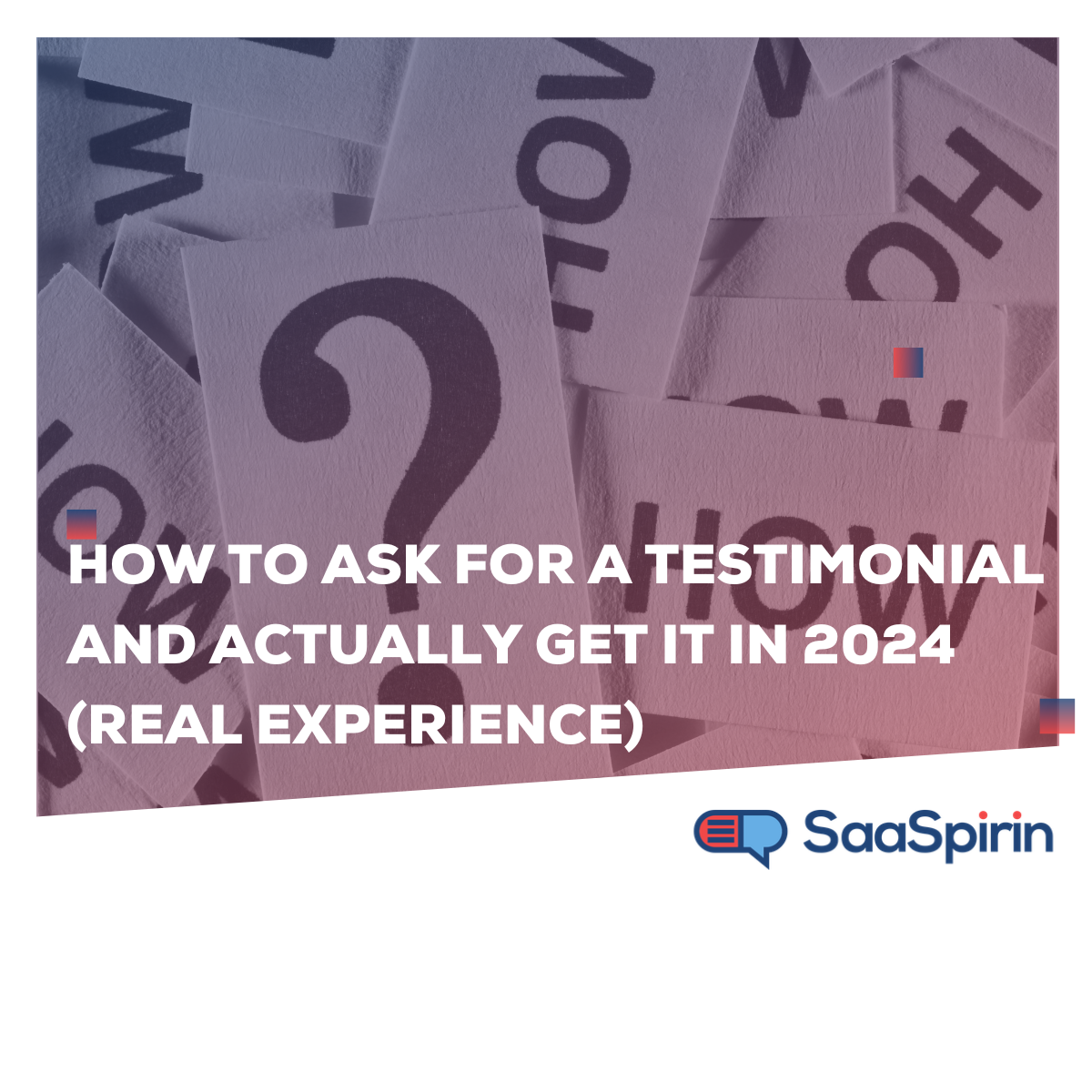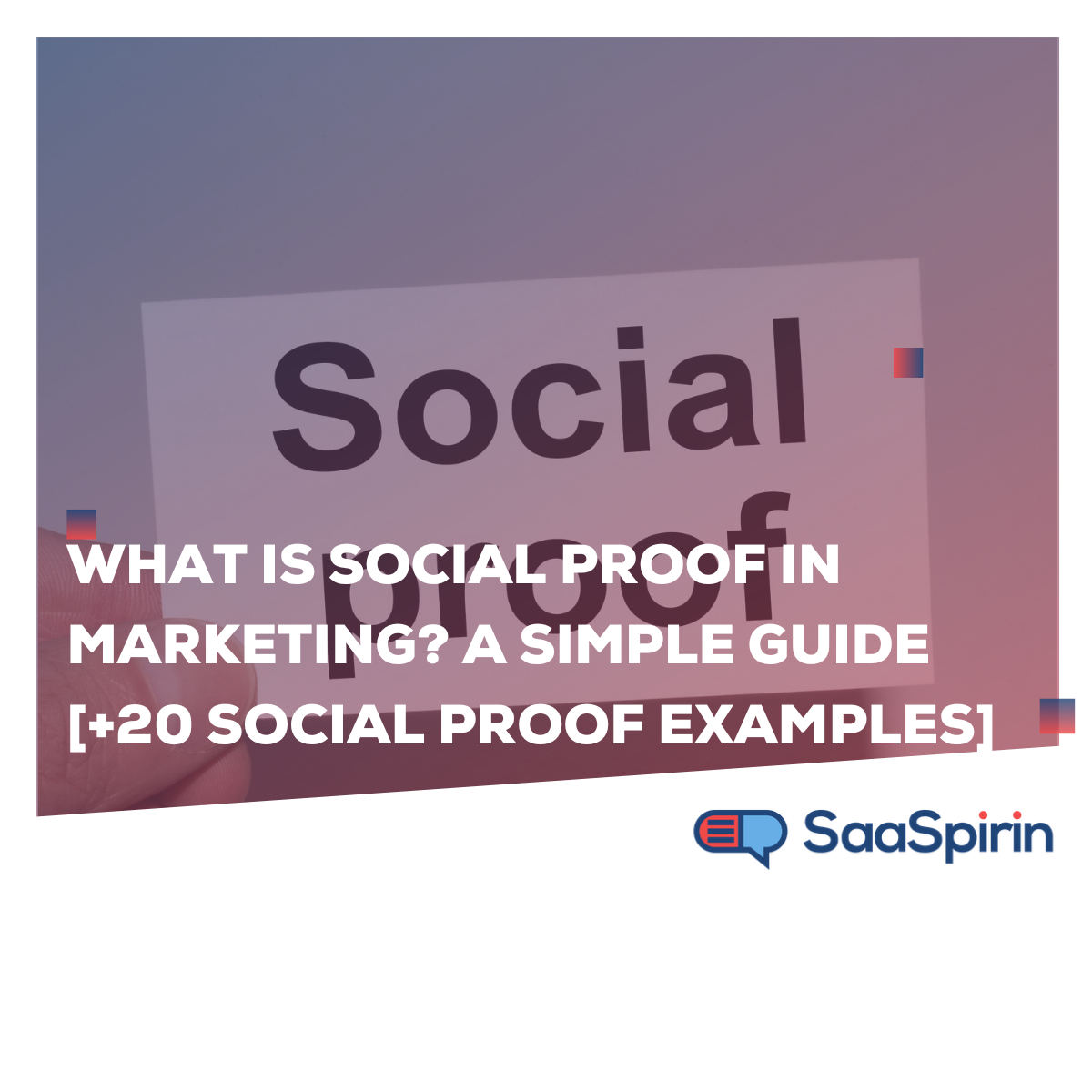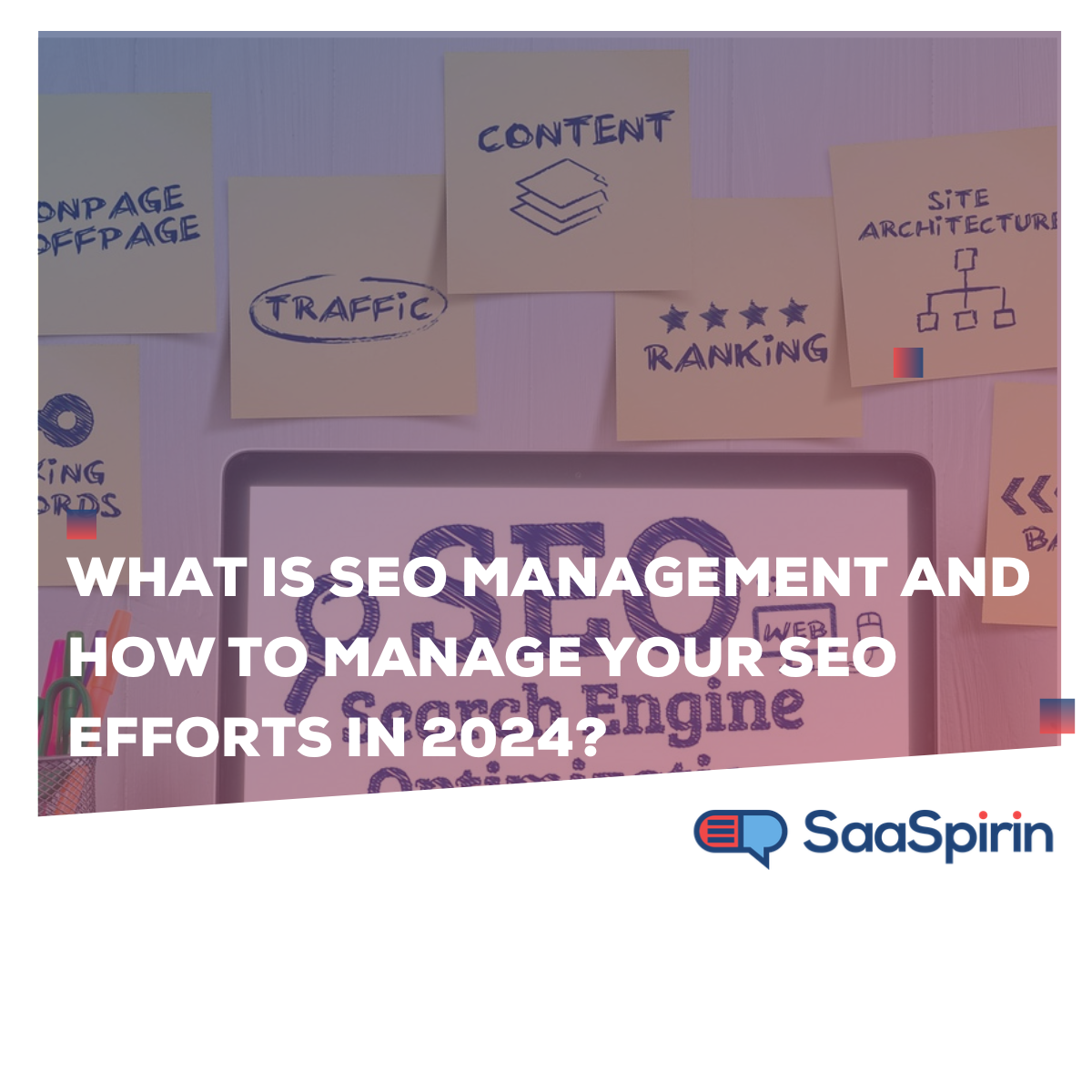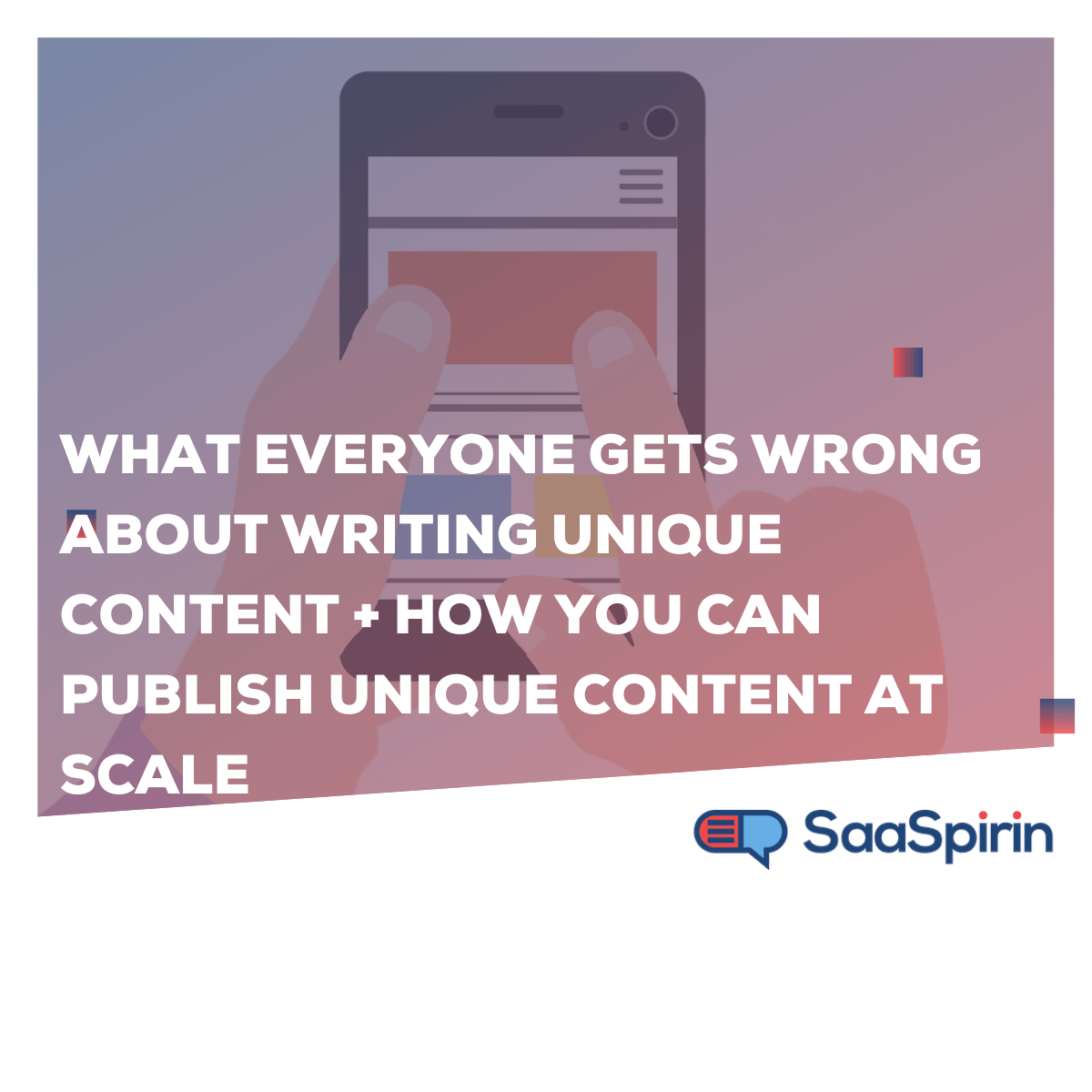The SaaSpirin Blog
Top 12+ Case Study Writers and How to Choose the Best One in 2025
By Nicolas Jacobeus on November 18, 2024

You’ve got a killer product or service. Your customers love you. You’ve got all the right ingredients to show off how awesome your business is—but here’s the catch: telling those success stories in a way that’s both engaging and convincing is a whole other ball game.
What is and How to Write a Success Story (With Examples & Templates)
By Nicolas Jacobeus on November 13, 2024
.png?width=1200&height=1200&name=673472ff5c09b18518c328ec_Standard%20blog%20banner%20(11).png)
Ever wondered why some stories stick with you while others just … don’t?
How to Ask for a Testimonial and Actually Get It in 2024 (Real Experience)
By Nicolas Jacobeus on November 6, 2024

What is Social Proof in Marketing? A Simple Guide [+20 Social Proof Examples]
By Nicolas Jacobeus on October 30, 2024

What’s a Case Study? Here’s Everything You Need to Know in 2025
By Nicolas Jacobeus on October 23, 2024

Ah, the case study. It’s one of those terms you’ve probably heard a million times, but what does it really mean? Is it some kind of academic paper? A customer success story? A marketing tool? Or maybe just a fancy way of saying, "Hey, look how great we are!"
How to Delete All My Activity History on Google in 4 Easy Steps
By Nicolas Jacobeus on September 2, 2024

What is SEO Management and How to Manage Your SEO Efforts in 2024?
By Nicolas Jacobeus on July 25, 2024

What everyone gets wrong about writing unique content + How you can publish unique content at scale
By Yaseen Sadan on February 29, 2024

Why is my SEO not working? 4 Reasons why you fail to see product conversions from SEO
By Yaseen Sadan on February 22, 2024

SEO agency vs FB ads agency - Which brings in better conversions?
By Yaseen Sadan on February 19, 2024

- November 2024 (3)
- October 2024 (2)
- September 2024 (1)
- July 2024 (1)
- February 2024 (4)
- January 2024 (2)
- December 2023 (1)
- November 2023 (3)
- May 2023 (1)
- February 2023 (3)
- January 2023 (3)
- December 2022 (1)
- December 2021 (2)
- November 2021 (4)
- October 2021 (4)
- September 2021 (5)
- August 2021 (3)
- July 2021 (5)
- June 2021 (1)
- May 2021 (1)
- March 2021 (1)
- February 2021 (1)
- January 2021 (1)
- December 2020 (1)
- November 2020 (1)
- October 2020 (2)
- September 2020 (3)
- August 2020 (1)
- July 2020 (2)
- June 2020 (1)
